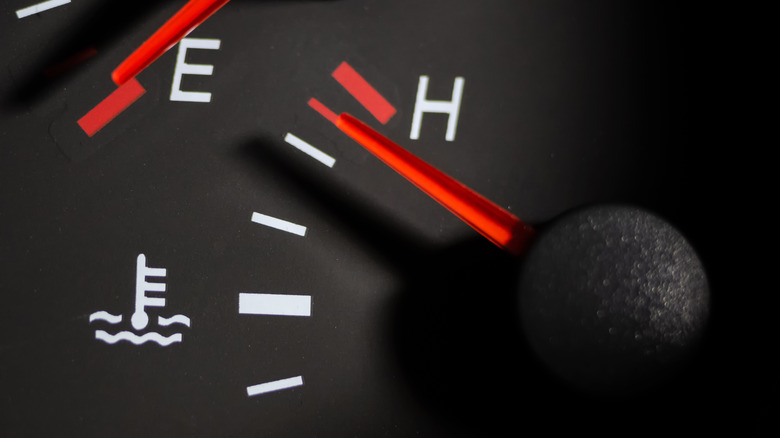Cars with a manual transmission may be difficult to figure out at first, but with a bit of experience, you can learn a few tricks. For instance, you can actually improve your fuel economy by shifting gears at the right time. However, drivers who are inexperienced with manual transmission might be prone to making the simple mistake of engine lugging.
Engine lugging occurs when you try to accelerate in a higher gear when you should really be downshifting to accelerate. It may feel counterintuitive at first, but the lower gears are responsible for generating the torque needed to accelerate your car and increase its speed. The reality is that you should only use the fifth (or sixth) gear to maintain a steady speed – trying to accelerate by flooring it in a high gear can put an unnecessary strain on your engine.
That strain can take a toll over time. If you hear a pinging or knocking sound coming from your engine, it could be a sign that your engine block is suffering as a symptom of engine lugging. Ultimately, this can lead to costly repairs in the near future. Let’s examine how engine lugging can impact your vehicle and what you can do to avoid it.
The damage caused by engine lugging
When your engine block is overworked by engine lugging, components such as the engine pistons and cylinder walls can be damaged. Contaminants like carbon deposits can accumulate in the cylinders, and as the pistons heat up, the piston ring seals can become stuck to this buildup, eventually wearing down. This will ultimately lead to the leakage of gases from the combustion chamber into the crankcase, an engine issue known as blow-by. If these gases infiltrate the crankcase, they can increase the pressure and heat surrounding it, compromising the crankcase’s ability to lubricate various engine components.
Moreover, if blow-by gases were to mix with moisture, you may find yourself with an acidic contaminant that can degrade the pistons and other components even further. Heck, just moisture — which is basically just a fancy word for water — alone can contaminate your oil, leading to oil sludge and corrosion of engine components.
Thankfully, engine lugging is easy to avoid — you just need to practice gear shifting. It won’t take long to learn when to accelerate and when to cruise, good habits that can help you increase fuel efficiency. One example is switching to a higher gear once you reach your desired speed and intend to maintain it to cruise. If you need to accelerate, you should downshift to the lower gears to generate more torque. When you’re ready to decelerate, you should still get ready to downshift but first apply pressure to the brake pedal.



